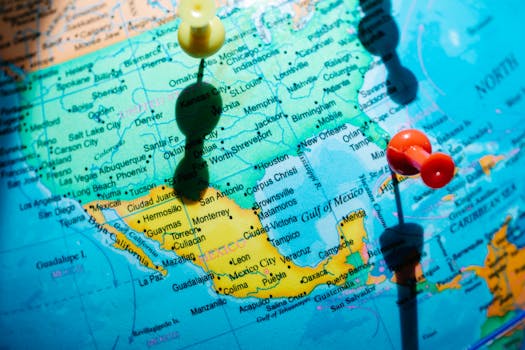CBuzz Corporate News: Your Trusted Source for Business Intelligence
CBuzz Corporate News delivers real-time updates on industry developments such as mergers, product launches, policy shifts, and financial trends. Our curated content empowers professionals with actionable insights to thrive in competitive markets.
CBuzz Market Watch: Stay Ahead of the Curve
CBuzz Market Watch provides timely updates on global market trends and emerging opportunities across industries like technology, finance, and consumer goods. With data-backed reports and expert analysis, we ensure you stay informed and prepared for success.
Consumer Staples

The global trade landscape is experiencing significant shifts with the imposition of new U.S. tariffs, affecting a wide array of countries and goods. This article provides a detailed breakdown of the current tariff rates and the countries most impacted by these economic changes.
In 2025, the United States introduced a new wave of tariffs under the International Economic Emergency Powers Act (IEEPA), citing the need to address trade deficits and lack of reciprocity in international trade relations. As of April 5, 2025, a baseline 10% tariff applies to goods from all countries, with higher rates for specific nations and non-compliant products facing a 25% tariff[1].
Books, classified as "informational materials," are exempt from these tariffs, ensuring that there is no additional cost on imported books[1]. Similarly, goods from Canada and Mexico are not subject to these reciprocal tariffs under the United States-Mexico-Canada Agreement (USMCA), but non-compliant goods could face tariffs if the current pause is lifted[1].
The announced tariffs vary by country, with specific rates detailed in Annex I of the relevant Executive Order. Here is a list of countries and their respective tariff rates:
The introduction of these tariffs has significant economic implications. The average effective U.S. tariff rate has reached 22.5%, the highest since 1909[4]. This increase in tariffs has raised consumer prices by about 2.3% in the short term, leading to an average household loss of approximately $3,800 in purchasing power[4].
The tariffs are projected to increase the unemployment rate by about 0.5 percentage points by the end of 2025 and reduce payroll employment by around 600,000 jobs[4]. The U.S. real GDP growth is expected to be lower by about 0.9 percentage points in 2025 due to these tariffs[4].
China has retaliated by imposing a 125% tariff on U.S. goods entering China, further escalating trade tensions between the two nations[1][4]. This response highlights the escalating nature of global trade disputes and the potential for significant economic repercussions.
The European Union has delayed implementing reciprocal tariffs, which were initially set between 20% and 200%, until July 9, 2025[2]. Other nations like Japan, South Korea, and India face specific tariffs but have not yet announced significant retaliatory measures. However, these nations are closely monitoring the situation and may adjust their trade policies accordingly.
The U.S. tariff policy in 2025 reflects a shift towards asserting trade reciprocity, but it also poses challenges for global trade stability. As international relations and trade policies continue to evolve, businesses and consumers worldwide must be prepared for potential economic impacts and adjustments in trade agreements. The ongoing trade disputes underscore the importance of monitoring developments in global trade regulations to navigate the increasingly complex landscape effectively.
Keyword Tags: U.S. Tariff Rates, 2025 Tariffs, Reciprocal Tariffs, International Trade, Economic Impacts, Trade Disputes, Global Trade Regulations, Trump Administration, Tariffs and Exports.